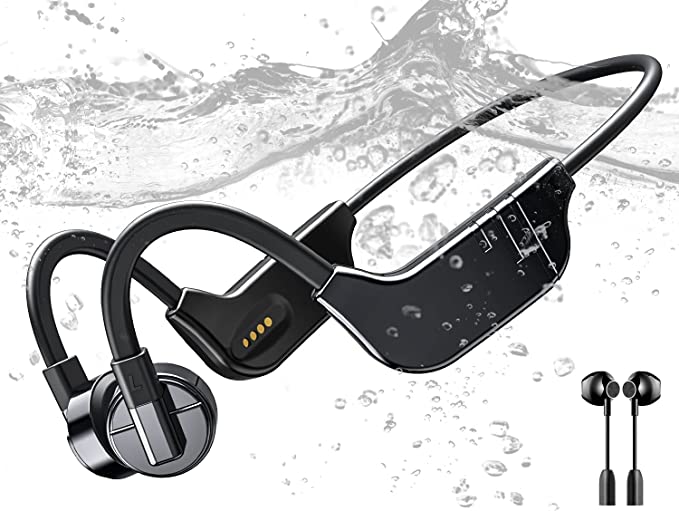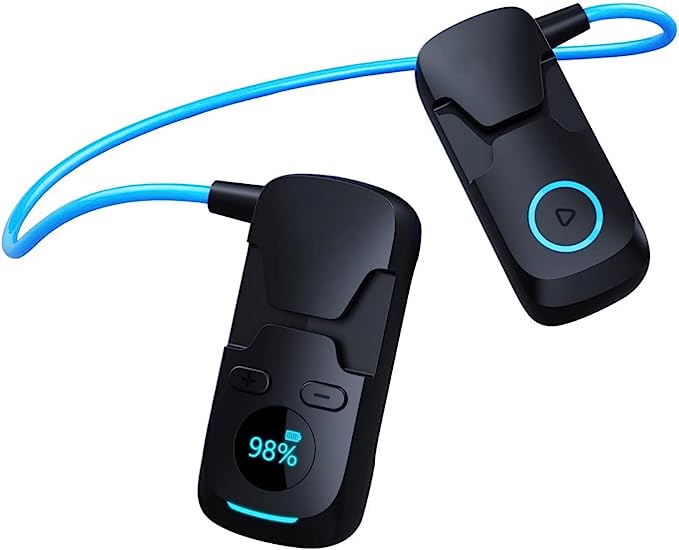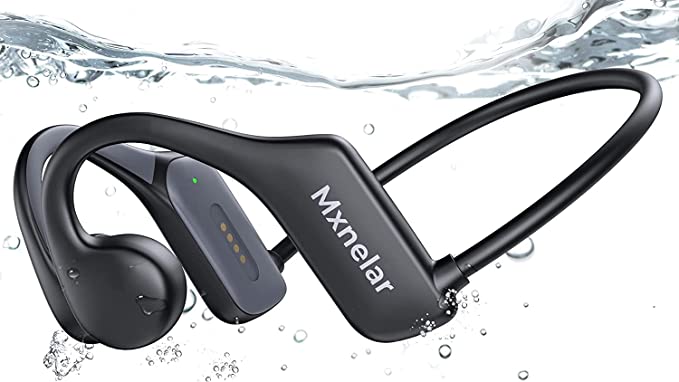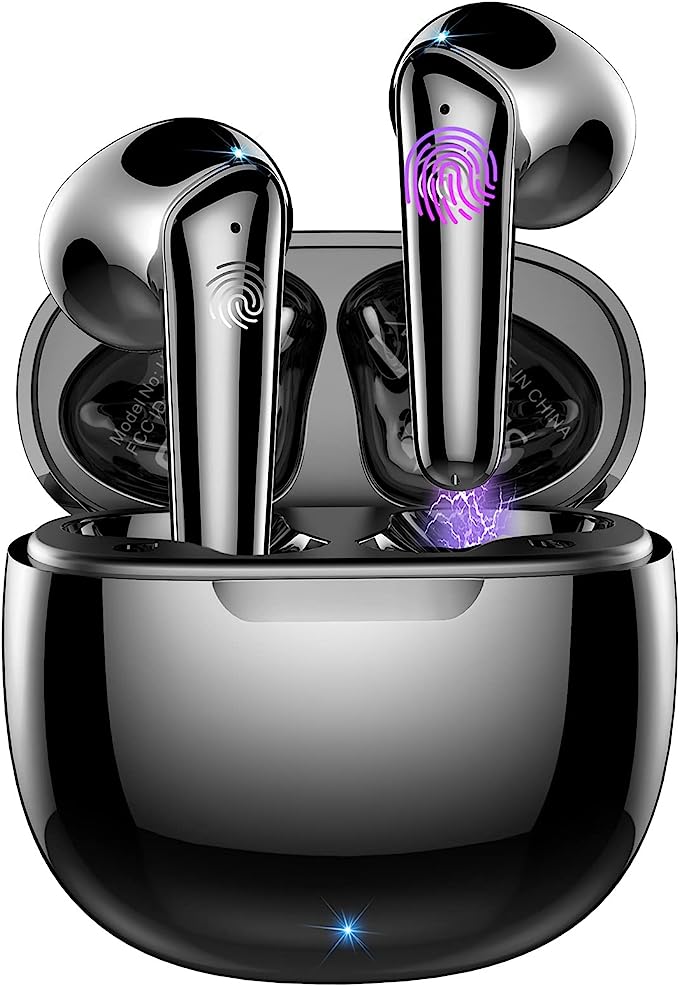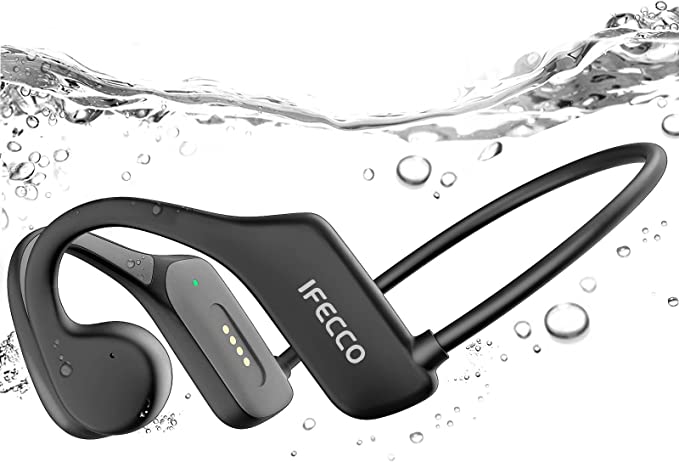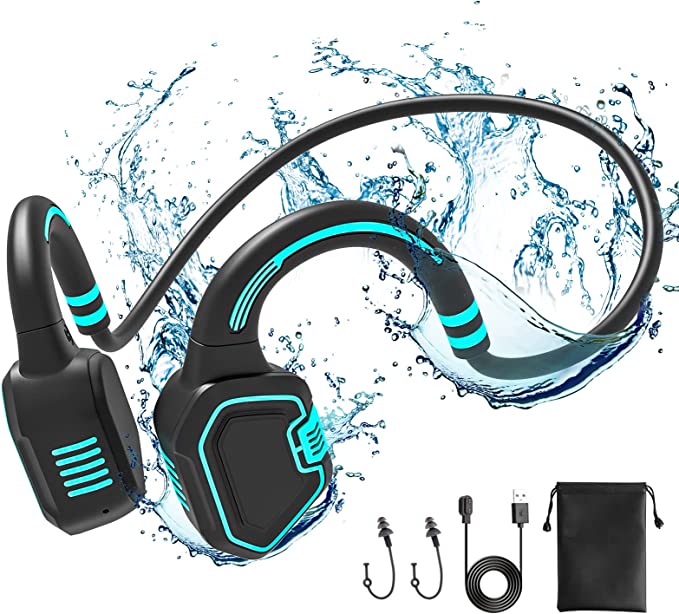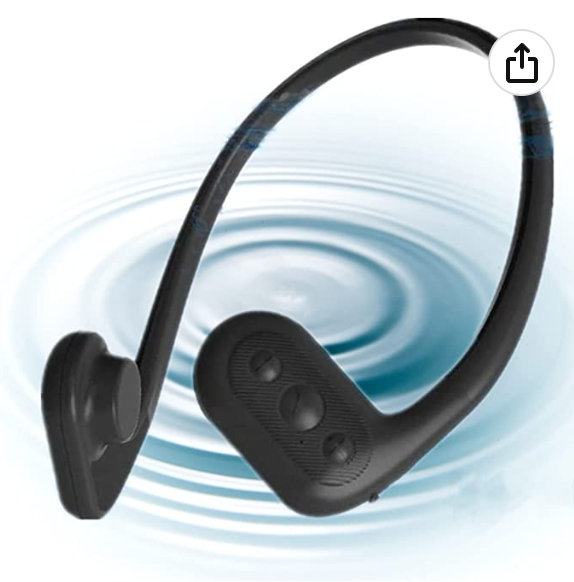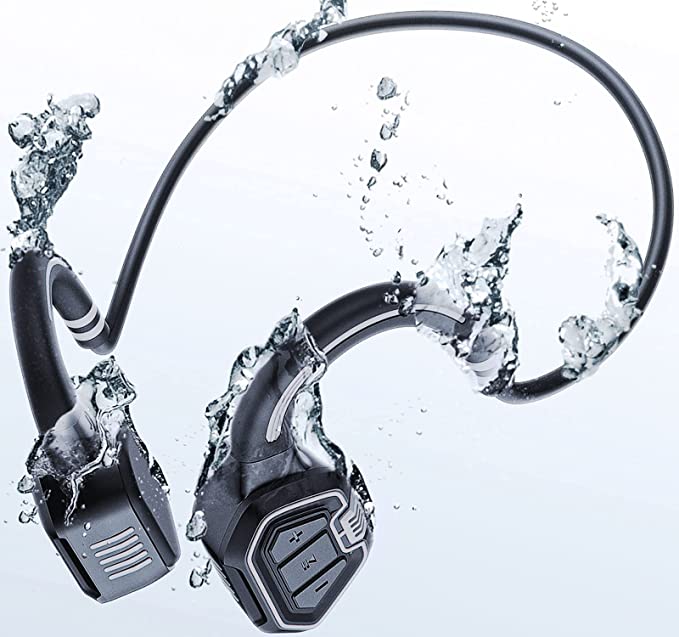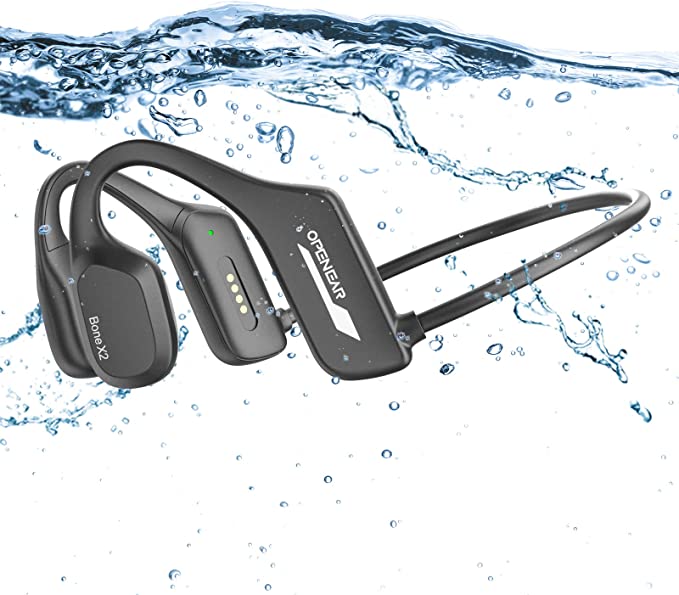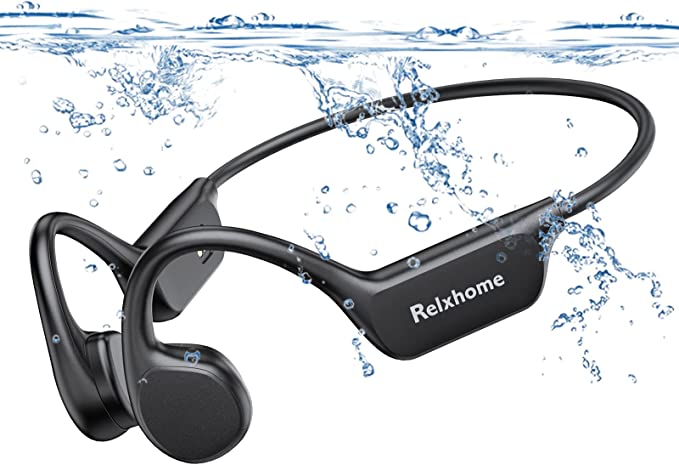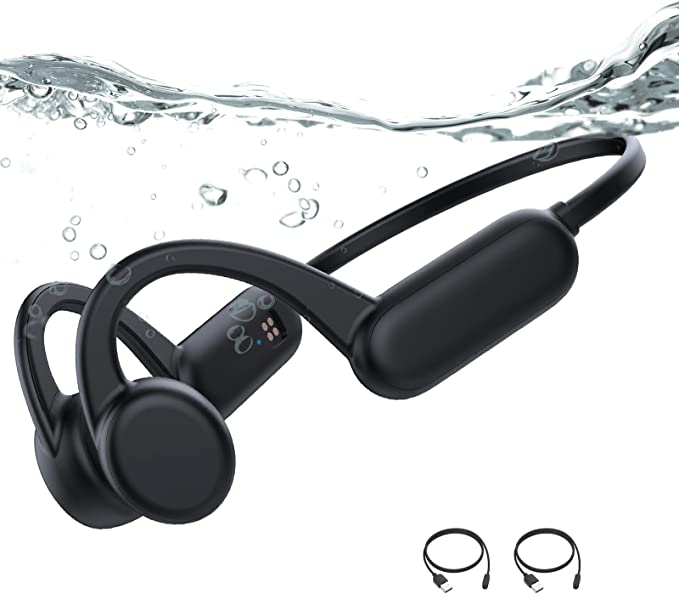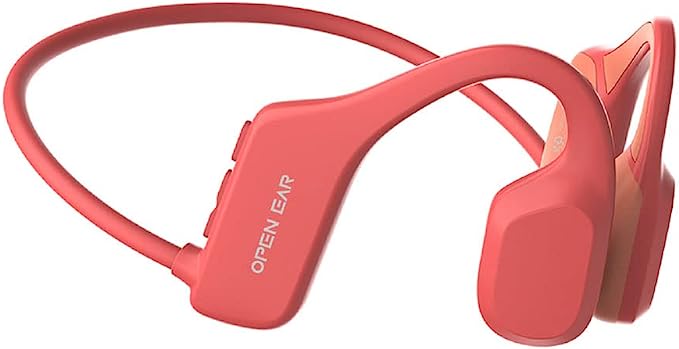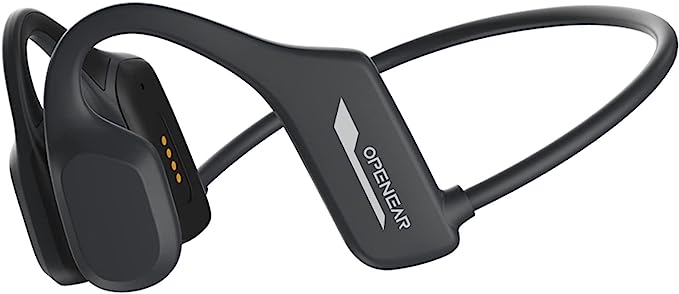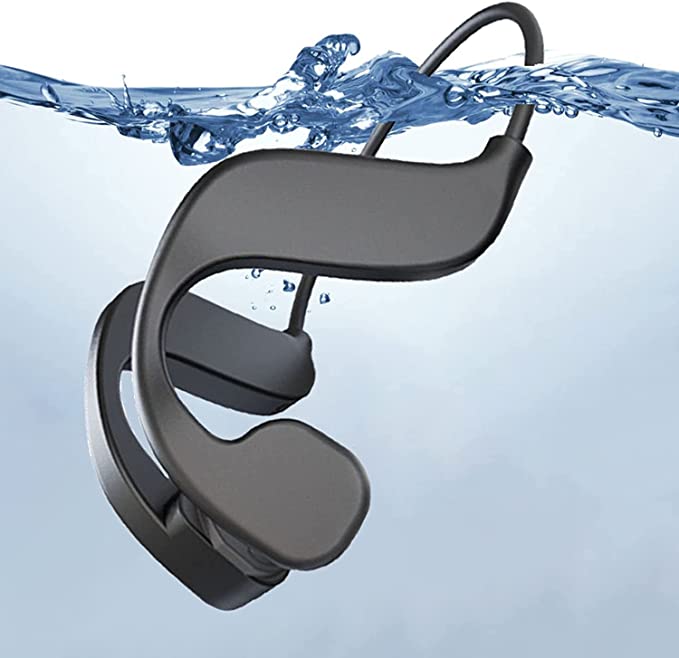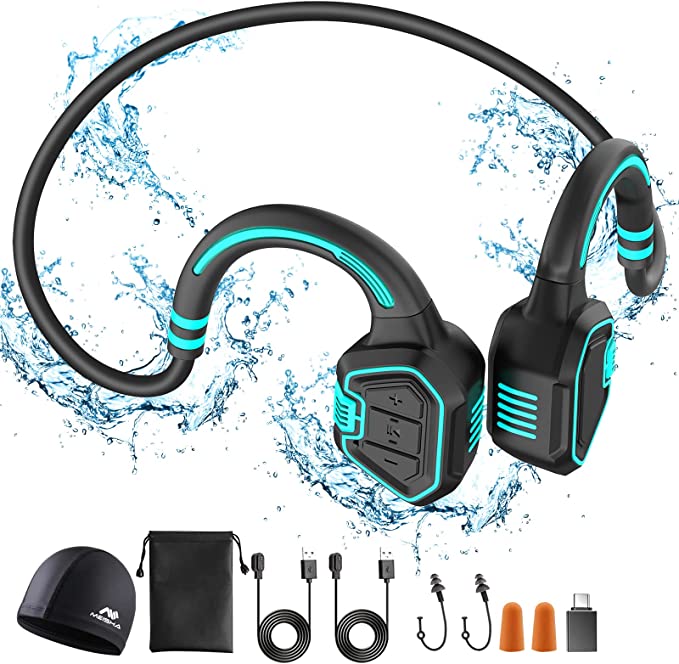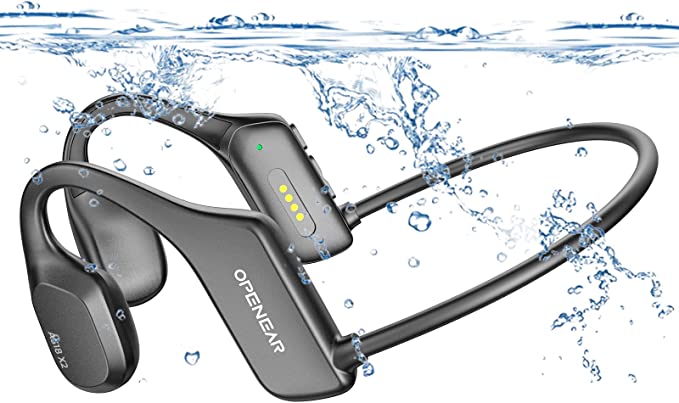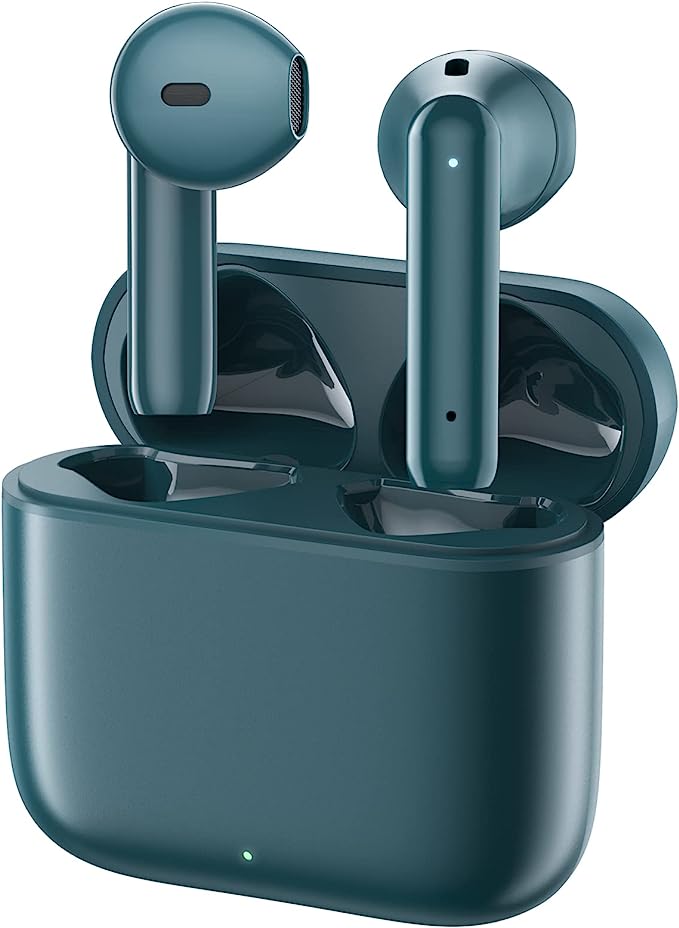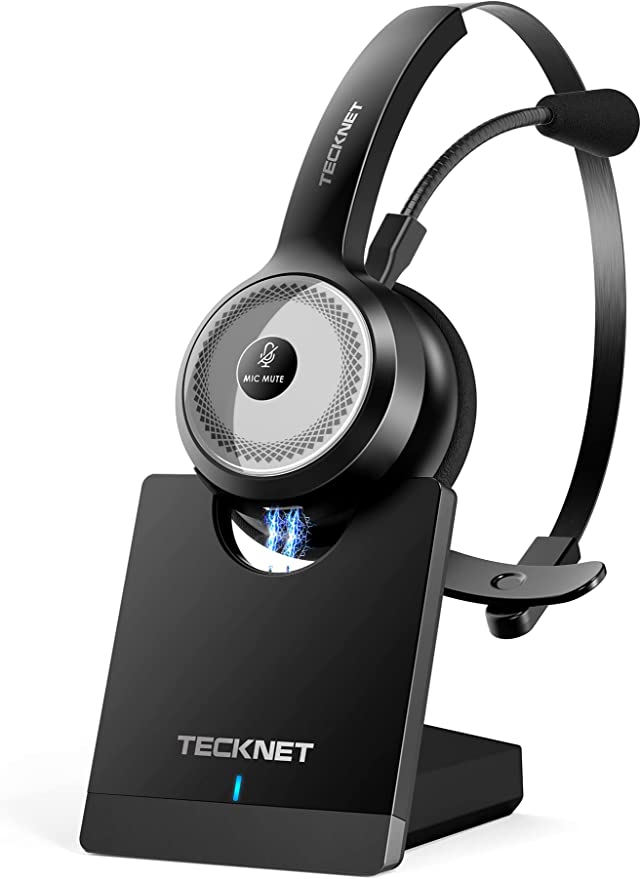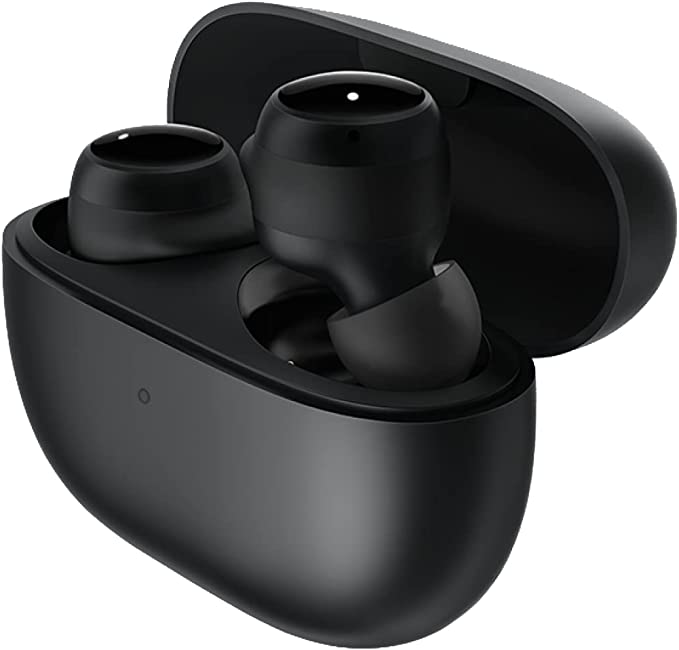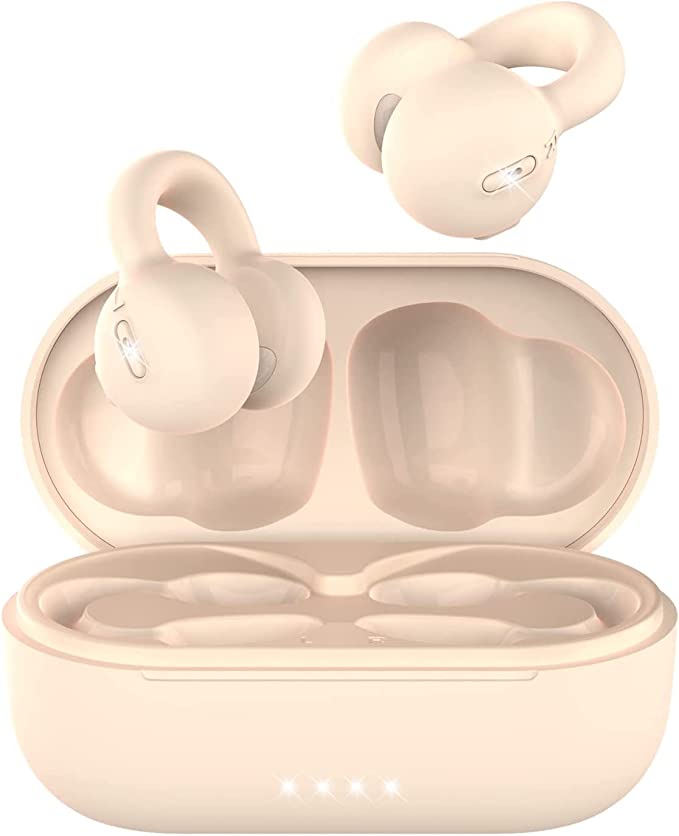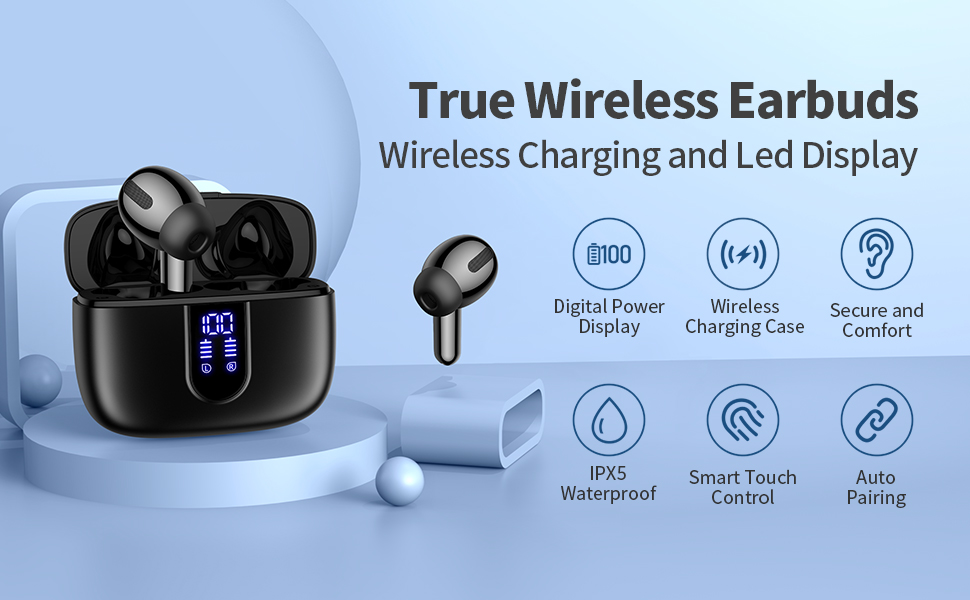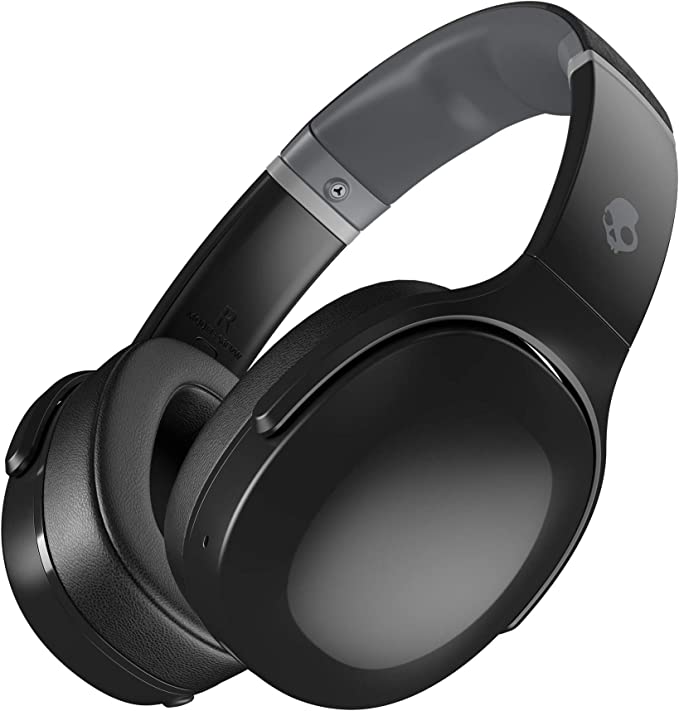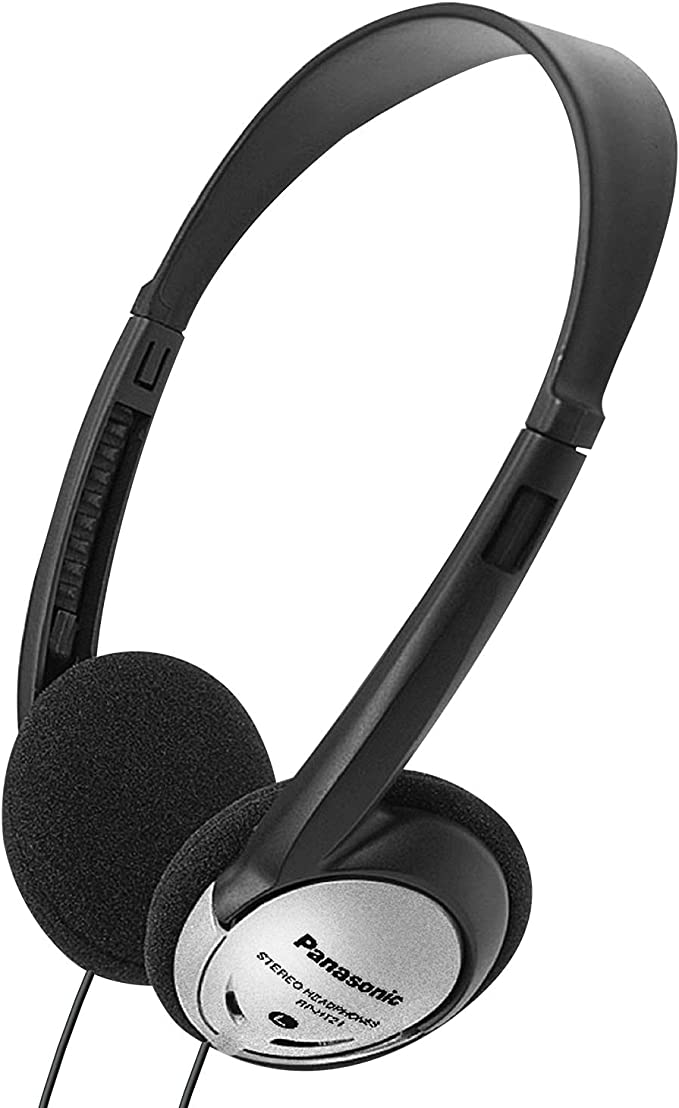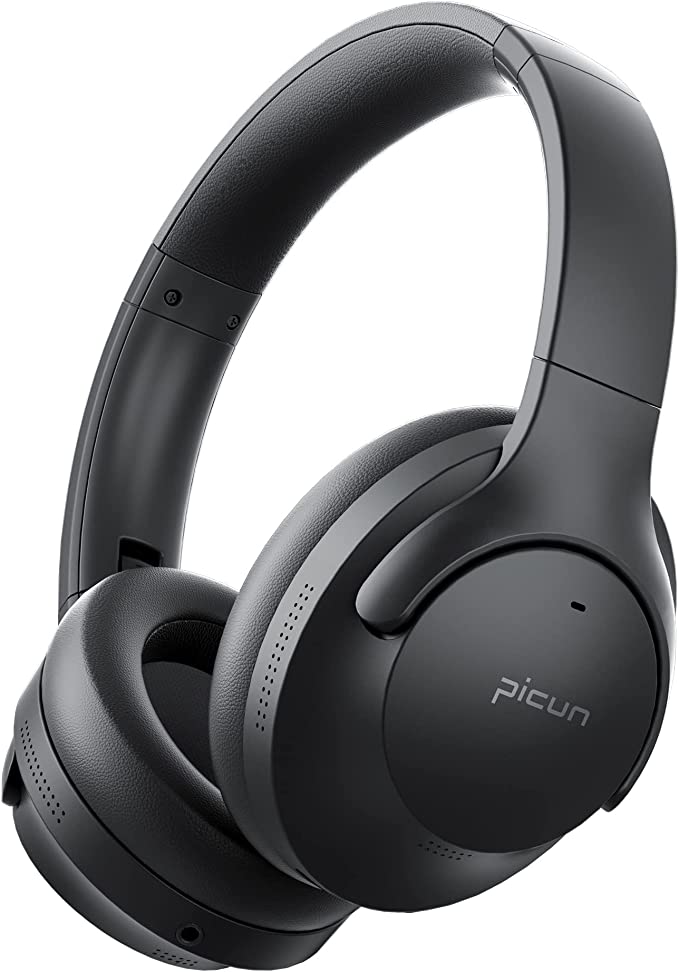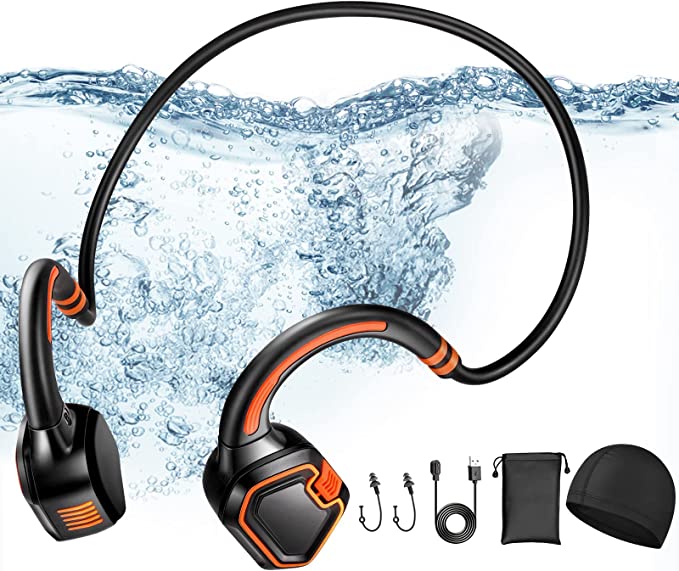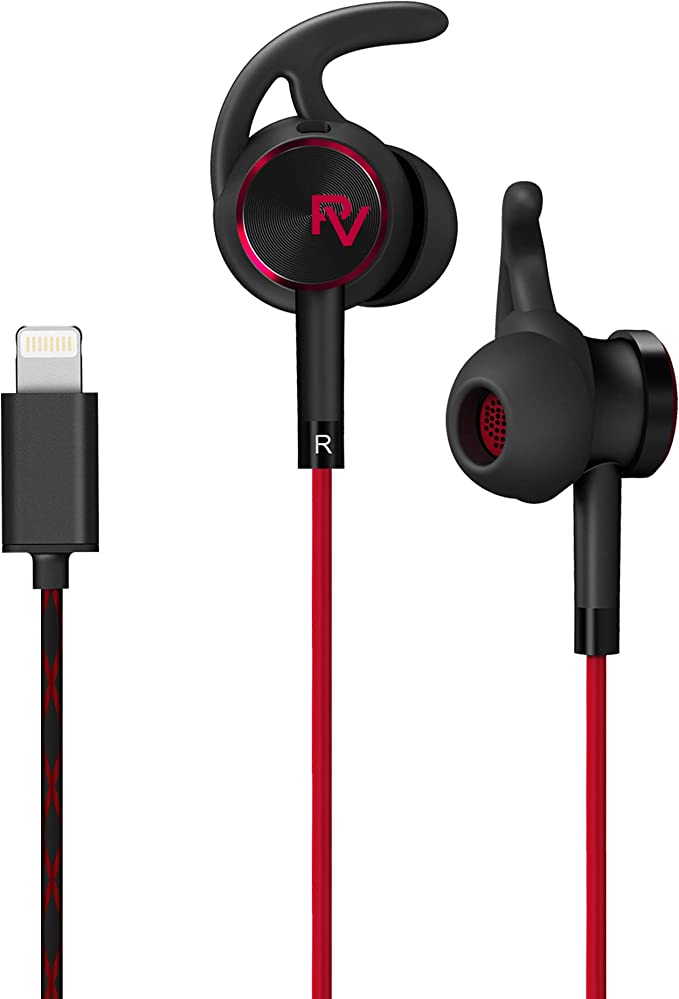Crossing the Water Barrier: Why DYCROL DYEJ-1 is the Ultimate Amphibious Audio Gear
Update on Nov. 23, 2025, 9:22 a.m.
For athletes, water has always been the final frontier for personal audio. We can run, cycle, and lift with our playlists, but the moment we dive into the pool, the music stops. This isn’t a failure of headphone manufacturers; it is a fundamental law of physics.
Water is an incredibly effective absorber of 2.4GHz radio waves (the frequency used by Bluetooth). A signal that travels 30 feet in the air dies within inches underwater. This is the “Water Barrier.”
The DYCROL DYEJ-1 Bone Conduction Headphones are engineered specifically to breach this barrier. By combining IP68 waterproofing with 8GB of onboard storage, they function not just as headphones, but as an autonomous audio system. To understand why this device is essential for swimmers, we need to look at the science of underwater acoustics.

The Physics of Bone Conduction Underwater
On land, bone conduction is often criticized for lacking bass. Underwater, however, the physics flip. * Impedance Matching: The density of human bone is closer to the density of water than it is to air. When you are submerged, the water acts as a coupling medium, transmitting vibrations more efficiently to your skull. * The Result: Many users report that bone conduction headphones actually sound better underwater. The sound feels fuller and more resonant because the energy isn’t being lost to the air. The DYEJ-1 transducers press against the cheekbones, turning your entire head into a listening chamber.

Solving the Connectivity Crisis: Onboard MP3
Since Bluetooth cannot penetrate the length of an Olympic pool, the only solution is Local Storage. The DYEJ-1 integrates an 8GB MP3 Player directly into the headset. * The “Swim Mode”: By double-tapping the power button, you switch from Bluetooth Receiver to Independent Player. This eliminates the need for a phone entirely. * Capacity: 8GB holds roughly 2000 songs. For a swimmer doing laps for an hour, this is effectively infinite content. It supports formats like MP3, WMA, and FLAC, ensuring you don’t have to compromise on file quality just because you’re wet.

Engineering for Submersion: IP68 Defined
Durability ratings are often misunderstood. The DYEJ-1 carries an IP68 rating. * The “6”: Dust-tight. No solid particle can enter. * The “8”: Protected against continuous immersion in water beyond 1 meter.
Unlike IPX7 (which is for temporary dunking), IP68 is engineered for sustained underwater use. This requires specialized seals on the charging ports (using magnetic pins instead of USB-C holes) and a hydrophobic coating on the entire chassis. It means you can swim laps for 2 hours without moisture breaching the electronics.

Ergonomics: The Titanium Grip
Swimming involves constant head movement and water drag. A loose headphone will wash away.
The DYEJ-1 utilizes a Memory Titanium Alloy Frame.
* Physics of Fit: Titanium has a high elastic modulus, meaning it can be bent significantly and return to its original shape. This creates a clamping force that is firm enough to combat water drag during a flip turn, but flexible enough to not cause headaches. The 29g weight ensures that once you start swimming, you forget it’s there.

Conclusion: The Amphibious Advantage
The DYCROL DYEJ-1 is a hybrid device. On land, it is a safe, open-ear Bluetooth headset for runners who need to hear traffic. In the water, it transforms into a standalone MP3 player that leverages the unique acoustic properties of the aquatic environment. For the triathlete or the fitness enthusiast who refuses to let water silence their motivation, it is the only logical choice.
